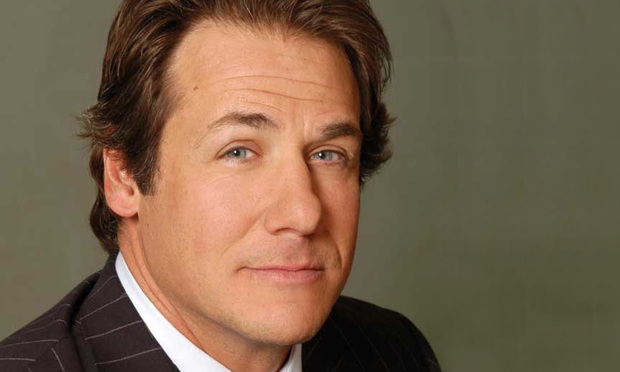During the Watergate scandal, it was not the political espionage that did then President Richard Nixon in; it was the cover-up. The same is true of the Iran Contra-Scandal, in which the actions of the Reagan administration—to secure the release of American hostages through the violation of a trade embargo—could have been forgiven by the American public, but Ronald Reagan’s cover-up of the exchange of arms for hostages ultimately resulted in numerous indictments and convictions. The scandal was compounded when Oliver North destroyed or hid documents pertinent to the investigation. The common thread among these, and other notorious scandals, is that it is never just the crime, but rather the cover-up, that does in the wrongdoer. As Nietzsche famously said, “I’m not upset that you lied to me, I’m upset that from now on I can’t believe you.”
The same principle holds true with attorneys who encounter potentially negative evidence against their client, and must determine how best to mitigate such evidence at trial. The first and foremost principle is “do not attempt to mislead the jury and try to hide the evidence.” It is much better to present the evidence to the jury in the best light possible, and hope that they will be forgiving and look past the evidence and see mostly the harm that has been done to your client and the justice that she deserves.
This content has been archived. It is available through our partners, LexisNexis® and Bloomberg Law.
To view this content, please continue to their sites.
Not a Lexis Subscriber?
Subscribe Now
Not a Bloomberg Law Subscriber?
Subscribe Now
LexisNexis® and Bloomberg Law are third party online distributors of the broad collection of current and archived versions of ALM's legal news publications. LexisNexis® and Bloomberg Law customers are able to access and use ALM's content, including content from the National Law Journal, The American Lawyer, Legaltech News, The New York Law Journal, and Corporate Counsel, as well as other sources of legal information.
For questions call 1-877-256-2472 or contact us at [email protected]



